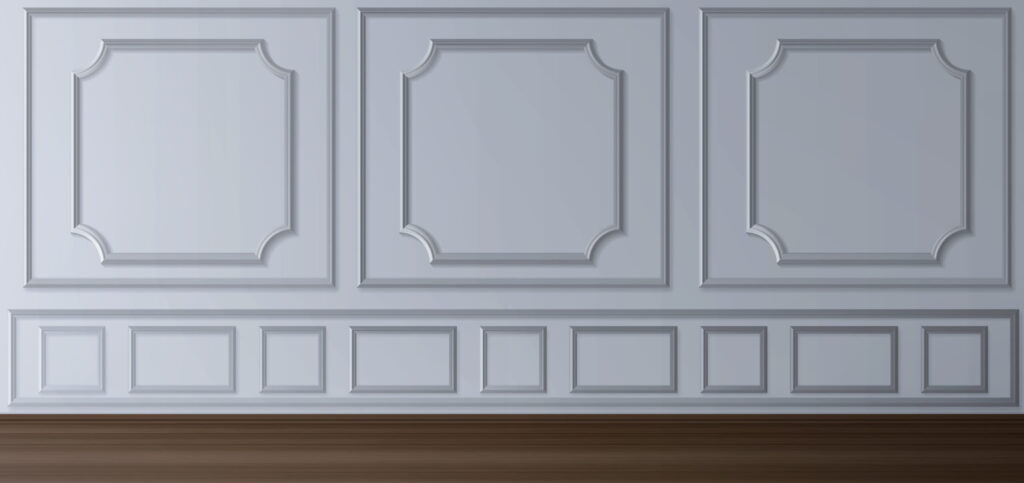Wainscoting panels have been a popular choice in home design for years, adding both style and function. Originally used to protect walls, today’s wainscoting panels also serve as a great way to decorate and improve any room. Whether you want a traditional or modern look, knowing the types of wainscoting panels, their benefits, cost, and how to install them will help you choose the best option for your home.
What Are Wainscoting Panels?
Wainscoting panels are decorative wall coverings that typically cover the lower portion of interior walls. They consist of a combination of panels, moldings, and rails, creating a visually appealing and protective barrier. Originally designed to insulate rooms and prevent wall damage, wainscoting panels have evolved into a design feature that adds texture, depth, and architectural interest to spaces.
Benefits of Wainscoting Panel
Incorporating wainscoting panels into your home offers several advantages:
- Aesthetic Enhancement: Wainscoting panel add visual interest and can complement various interior styles, from traditional to modern.
- Wall Protection: They safeguard walls against scuffs, dents, and other damages, especially in high-traffic areas like hallways and dining rooms.
- Insulation: Wainscoting panels can provide an additional layer of insulation, contributing to energy efficiency.
- Increased Property Value: High-quality wainscoting can enhance the perceived value of a home, making it more appealing to potential buyers.
Popular Types of Wainscoting Panels and Their Cost
Understanding the various styles of wainscoting panels can help you choose the right one for your space:
1. Beadboard Panels
- Appearance: Features narrow, vertical planks separated by distinctive grooves, offering a cottage or farmhouse feel.
- Best For: Kitchens, bathrooms, and hallways.
- Cost: Approximately $10 to $20 per square foot, including materials and installation.
2. Raised Panel Wainscoting
- Appearance: Characterized by panels that protrude slightly from the wall, creating a formal and elegant look.
- Best For: Traditional dining rooms and formal living areas.
- Cost: Ranges from $12 to $30 per square foot.
3. Flat Panel Wainscoting
- Appearance: Offers a sleek and modern look with simple, flat panels framed by rails and stiles.
- Best For: Contemporary interiors seeking understated elegance.
- Cost: Typically between $10 and $15 per square foot.
4. Board and Batten
- Appearance: Consists of wide vertical boards with narrower strips (battens) covering the seams, adding depth and texture.
- Best For: Rustic or farmhouse-style homes.
- Cost: Installation ranges from $10 to $23 per square foot.
5. Shiplap Wainscoting
- Appearance: Features horizontal wooden boards with slight gaps, creating a clean, linear look.
- Best For: Coastal or modern farmhouse designs.
- Cost: Relatively budget-friendly, costing between $10 and $20 per square foot.
Materials Used in Wainscoting Panels
Wainscoting panels can be crafted from various materials, each offering different aesthetics and durability:
- Medium-Density Fiberboard (MDF): An affordable and smooth option, ideal for painted finishes.
- Solid Wood: Offers a natural and rich appearance, suitable for staining, but can be more expensive.
- PVC and Vinyl: Moisture-resistant materials, perfect for bathrooms and basements.
- Plywood: A cost-effective choice that can mimic the look of solid wood when painted.
Installation Tips for Wainscoting Panels
Installing wainscoting panels can be a rewarding DIY project. Here are some tips to ensure a successful installation:
- Preparation: Acclimate panels to your home’s environment before installation. Remove existing baseboards and repair any wall imperfections.
- Measurement: Use a level to draw a guideline for consistent height. Typically, wainscoting covers the lower third of the wall.
- Stud Location: Use a stud finder to locate and mark wall studs, ensuring panels are securely attached.
- Panel Attachment: Apply construction adhesive to the back of panels and press them onto the wall. Secure with nails into the studs.
- Finishing Touches: Fill nail holes with putty, sand smooth, and apply paint or stain as desired.
Conclusion
Wainscoting panels are a timeless addition that enhances both the beauty and functionality of interior spaces. Whether you’re aiming for a classic elegance or a modern touch, there’s a wainscoting style to suit your needs and budget. By understanding the different types, materials, costs, and installation methods, you can confidently incorporate wainscoting panels into your home to create a lasting impression.
For a visual guide on installing wainscoting, you might find this tutorial helpful:

